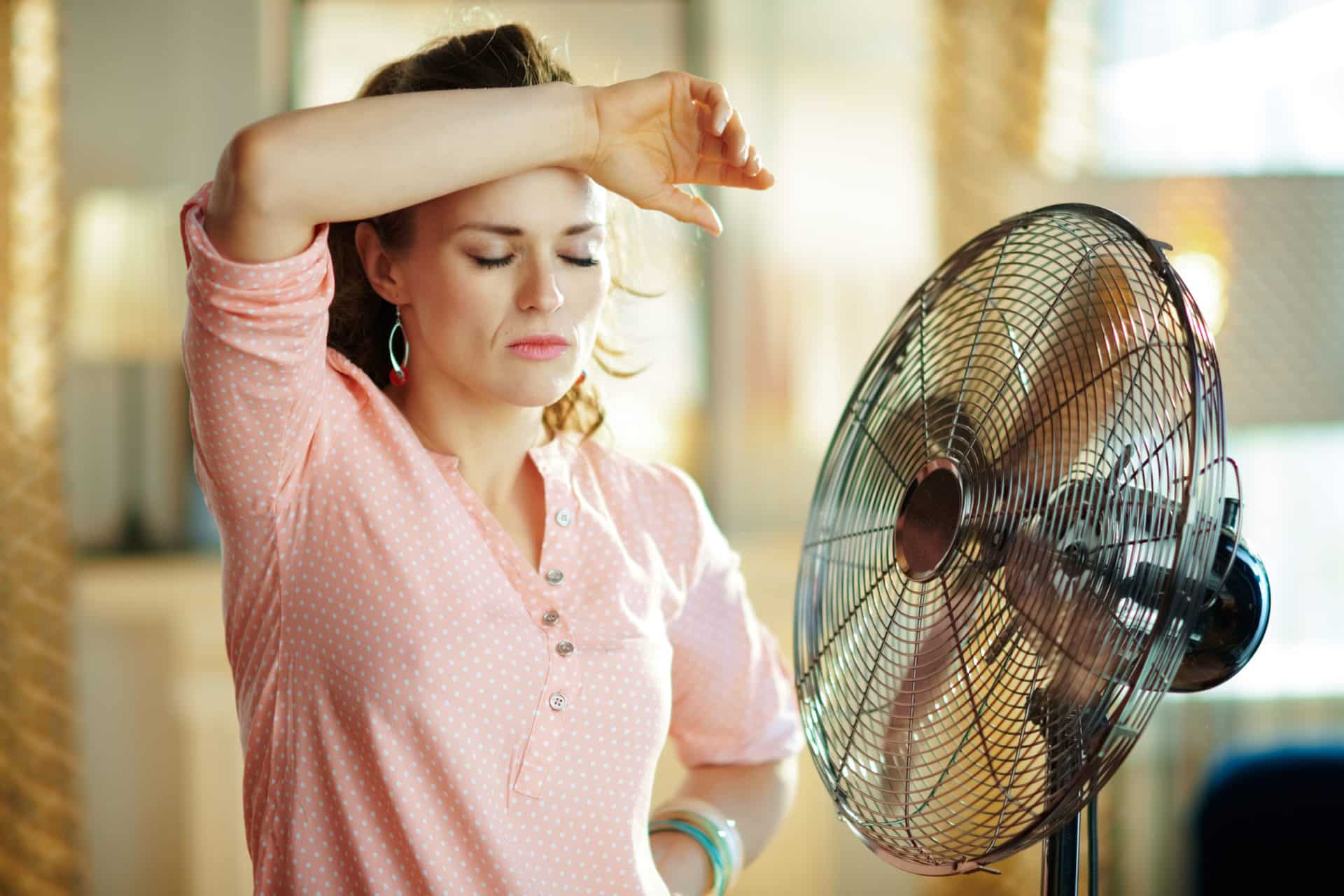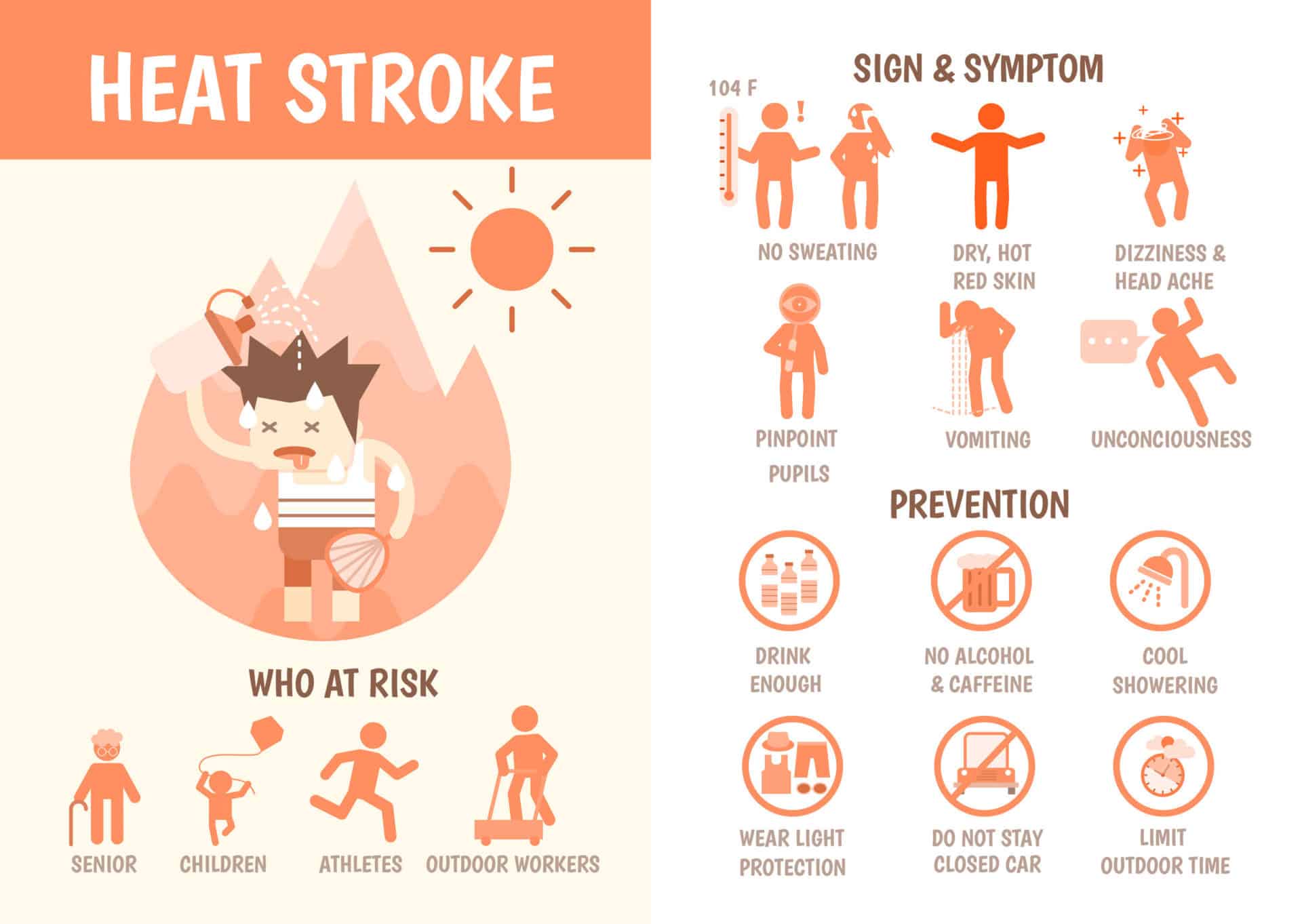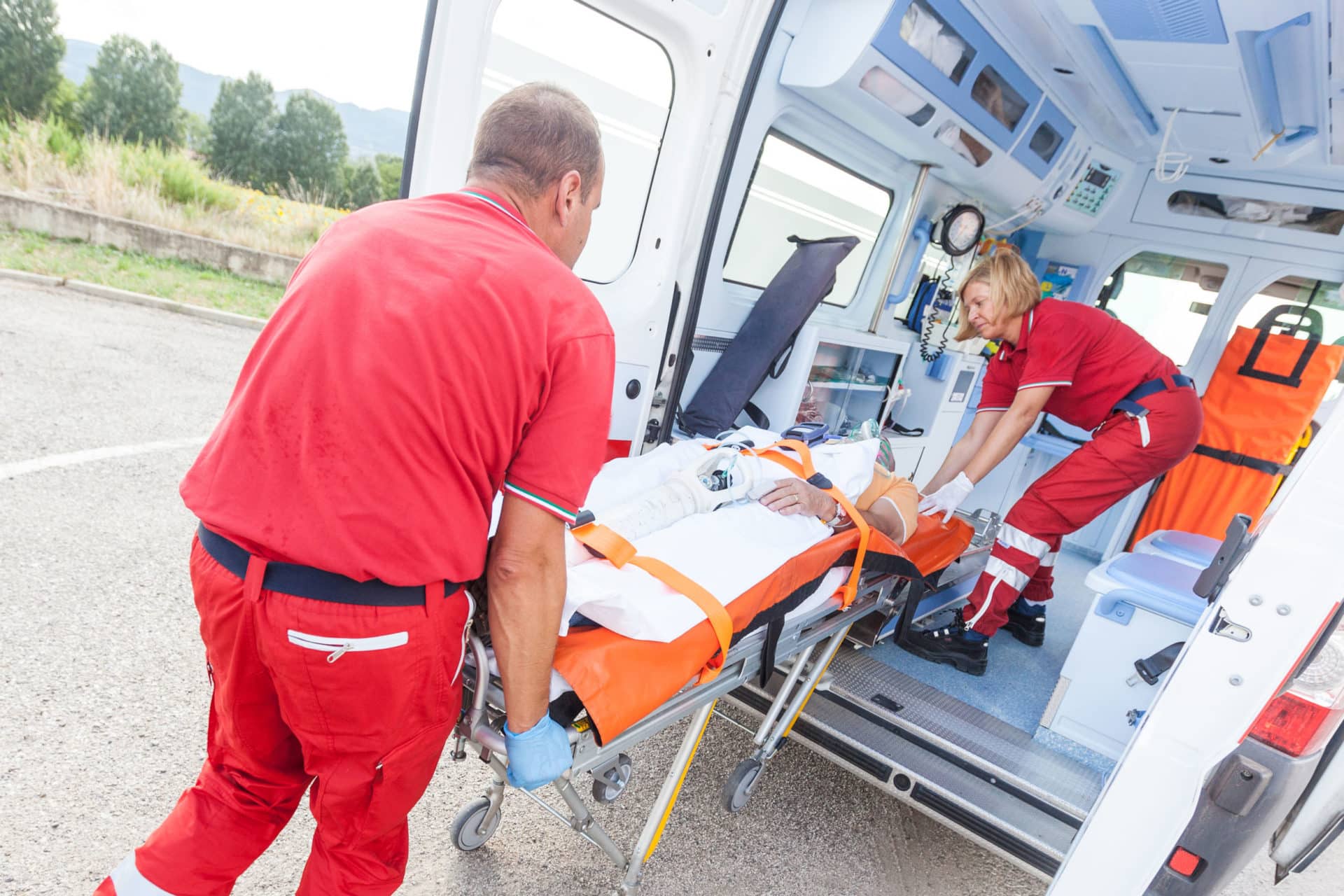
No one enjoys a hot apartment. It’s uncomfortable and can be difficult to find relief. However, a steamy summer apartment isn’t just an inconvenience; it can be dangerous or even deadly.
In fact, New York is currently being hit by a heat wave. New York Mayor Bill deBlasio has issued a heat emergency for the city because extreme heat carries the risk of serious heat-related illnesses like heat stroke.
The primary issue is many New York apartments don’t have central air. This forces New Yorkers to rely on often-insufficient window units, or to go without air conditioning entirely. To compound the problem, New York has recently been impacted by power outages, affecting more than 50,000 residents in Brooklyn, Queens, the Bronx, and Westchester County.
Unfortunately, this combination skyrockets the risk of serious or fatal heat-related illnesses, especially in outbreaks of extreme heat.
The Dangers of a Hot Apartment in New York
Without air conditioning, apartments often reach temperatures even hotter than outside. When residents are unable to seek relief from extreme heat, they become subject to chronic overheating, the health effects of which can be devastating.
Minor complaints like dizziness, fatigue, dehydration, headaches, and lethargy are most common in the beginning. Extreme or chronic exposure can also lead to heatstroke, a condition in which victims lose consciousness and sometimes die.
If you already suffer from other health conditions such as asthma, COPD, heart disease, vascular problems or obesity, you’re at greater risk for heat-related illnesses (heatstroke, heat exhaustion, or a heat-induced respiratory or cardiac event) and should pay close attention to how you feel.
Very young children and elderly adults are the most susceptible to heat-related illnesses. Moreover, because children and the elderly may not leave the home, they’re more subject to chronic overheating.
Heatstroke: What New Yorkers Should Look For
Heatstroke occurs when your body can no longer maintain its basal temperature due to overheating and begins to shut down. Suffering from one can be fatal, and is always considered a medical emergency.
Heatstroke can also occur due to chronic overheating that’s not related to physical activity (classic heat stroke) or due to exertion in hot weather (exertional heatstroke). You’re more likely to suffer classic heat stroke in your hot New York apartment.
Signs and symptoms to look for include:
- A body temperature above 103 degrees
- Red, hot and dry skin without sweating
- Fast, strong pulse
- Throbbing headache
- Dizziness
- Stomach upset or nausea
- Confusion
- Loss of consciousness, or passing out

Heat stroke can affect anyone but is more likely to affect the very young, elderly, or persons suffering from health conditions. Obesity, uncontrolled diabetes, respiratory illness, heart conditions, and vascular problems can all be contributing factors.
How New Yorkers Can Identify Heat Exhaustion
Separate from heatstroke is heat exhaustion. This condition occurs when the body overheats due to a failure of the body’s natural cooling mechanisms to maintain a normal core temperature.
Heat exhaustion is caused by exposure to high temperatures, particularly high humidity, and is often a precursor to heatstroke when left untreated.
Signs and symptoms of heat exhaustion include:
- Cool, moist skin that develops goose bumps in the heat
- Excessive perspiration
- Faintness
- Dizziness
- Fatigue
- Fast, weak pulse
- Low blood pressure when standing
- Muscle cramping
- Nausea
- Headache
Heat exhaustion also becomes more likely with physical exertion, often affecting people who work outside, such as construction workers, and those who participate in outdoor sports and physical activities.
Take These Steps If You’re Suffering from Heat Stroke or Exhaustion
Heatstroke is always a medical emergency. If you’re suffering symptoms specific to heatstroke, such as a high body temperature with no perspiration or feel faint, call 911 immediately and get emergency medical attention.
Until help arrives, move out of the heat if possible, apply ice or a cool compress to the chest, and take off any tight or unnecessary clothes. Lay down, and elevate your feet.
In cases of heat exhaustion, you may be able to resolve the condition at home by doing the following:
- Get out of the heat as soon as possible and into a cool place, or at least in the shade
- Lay down and elevate your legs to increase blood flow to the heart
- Remove any tight or extra clothes
- Apply cool towels or ice packs to your skin, especially to the neck and chest
- Take a cool bath or shower
- Drink fluids by taking slow, frequent sips. Avoid guzzling drinks, or consuming drinks with caffeine or alcohol.
If your condition doesn’t improve after 30 minutes of initial treatment, call 911. This is a medical emergency, and prompt treatment is required to avoid serious injury or death.

The fact is that many New Yorkers can and do suffer from heatstroke and heat exhaustion just by being in a hot apartment. This becomes even more likely during extreme heat events like the heatwave we’re currently experiencing.
To keep your family safe in the heat, avoid the heat as much as possible by installing an air conditioner, or going to air-conditioned public places such as the library. If a heat-related illness occurs, take immediate action and get medical attention.









